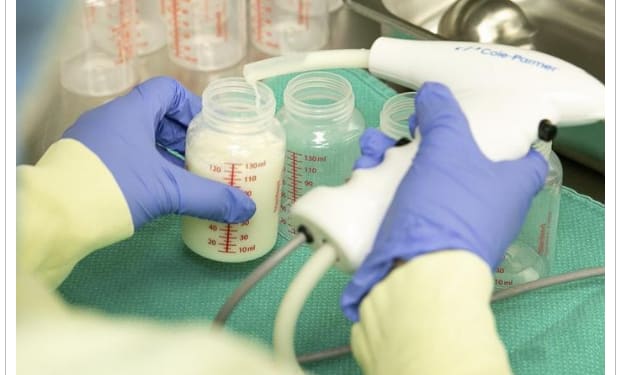Disease X: What Is It? How Researchers Are Geared Up for The Next Epidemic
It's the enigmatic moniker for a disease brought on by a major but as-yet-unidentified microbial danger. The

That seems like something that Elon Musk created: "Disease X." The phrase was actually first used many years ago to encourage researchers to focus on developing medicinal defences against novel coronaviruses, such as the virus that causes Covid-19, rather than merely well-known ones, such the Ebola virus. The goal was to promote the creation of platform technologies—such as medication therapies, vaccinations, and diagnostic tests—that could be quickly adjusted and implemented in the event of a variety of future outbreaks that have the potential to become epidemics or pandemics.
1. Describe "Disease X."
It's the enigmatic moniker for a disease brought on by a major but as-yet-unidentified microbial danger. In 2017, Disease X was included by the World Health Organization to a short list of pathogens that are considered to be of high priority for research, which includes well-known deadly diseases like Ebola and Severe Acute Respiratory Syndrome (SARS). Tedros Adhanom Ghebreyesus, the director general of the World Health Organization, and other health experts brought up the matter during a discussion at the World Economic Forum in Davos, Switzerland.
When Covid-19, a novel coronavirus, started the pandemic at the end of 2019, it was an example of a Disease X. Numerous viruses that are circulating in wildlife are thought to be a possible source of more infections of this kind. This is due to their propensity to spread and infect humans as well as other species, creating an infection to which humans will be immune.
2. Why should we research Disease X?
To "enable early cross-cutting R&D preparedness that is also relevant" for an unidentified disease, as the WHO puts it. The Ebola pandemic in West Africa between 2014 and 2016 brought up a humanitarian crisis that served as a wake-up call. After several decades of development, no products were ready to be used in time to save almost 11,000 lives. In response, the World Health Organization developed an R&D Blueprint to expedite the creation of various instruments for "priority diseases." Currently on the list are:
The following illnesses have been linked to Covid-19: Middle East respiratory syndrome (MERS) and SARS; Nipah and henipaviral diseases; Lassa fever; Ebola and Marburg virus diseases; Rift Valley fever; Zika; and Disease X.
3. What progress is being made on the next pandemic research?
You can only listen to the newest music on JioSaavn.com.
Thanks in part to the work done since 2017 in preparation for Disease X, it only took 326 days from the revelation of the SARS-CoV-2 virus's genetic sequence to the first Covid vaccine's licence. Now, under a $3.5 billion plan, organizations like the Coalition for Epidemic Preparedness Innovations, or CEPI, are financing fast response vaccination platforms that might create new vaccines within 100 days of the emergence of a virus with pandemic potential. Additional initiatives in progress consist of:
Revising the International Health Regulations and formulating a novel worldwide accord to safeguard the planet against potential crises.
a new fund for pandemic preparedness, response, and prevention that has received World Bank approval.
a WHO Pandemic and Epidemic Intelligence Hub in Berlin with the goal of developing analytical tools and forecasting models to evaluate possible threats, as well as expediting access to critical data.
The Global Virome Project seeks to identify potential dangers from zoonotic viruses and avert global pandemics.
Project NextGen is a $5 billion US government effort to create next-generation Covid-19 vaccines and therapies.
However, a number of obstacles stand in the way of these efforts, such as weakening and depleted health systems, a growing anti-science movement that has raised vaccine scepticism, and the possibility that governments will eventually stop funding outbreak detection and preparedness as long as they believe the risks will eventually fade.
A US nationwide network to detect and react more quickly to public health emergencies will receive $262.5 million in funding.
creation of a worldwide hub for pandemic medicine.
About the Creator
Enjoyed the story? Support the Creator.
Subscribe for free to receive all their stories in your feed. You could also pledge your support or give them a one-off tip, letting them know you appreciate their work.






Comments
There are no comments for this story
Be the first to respond and start the conversation.